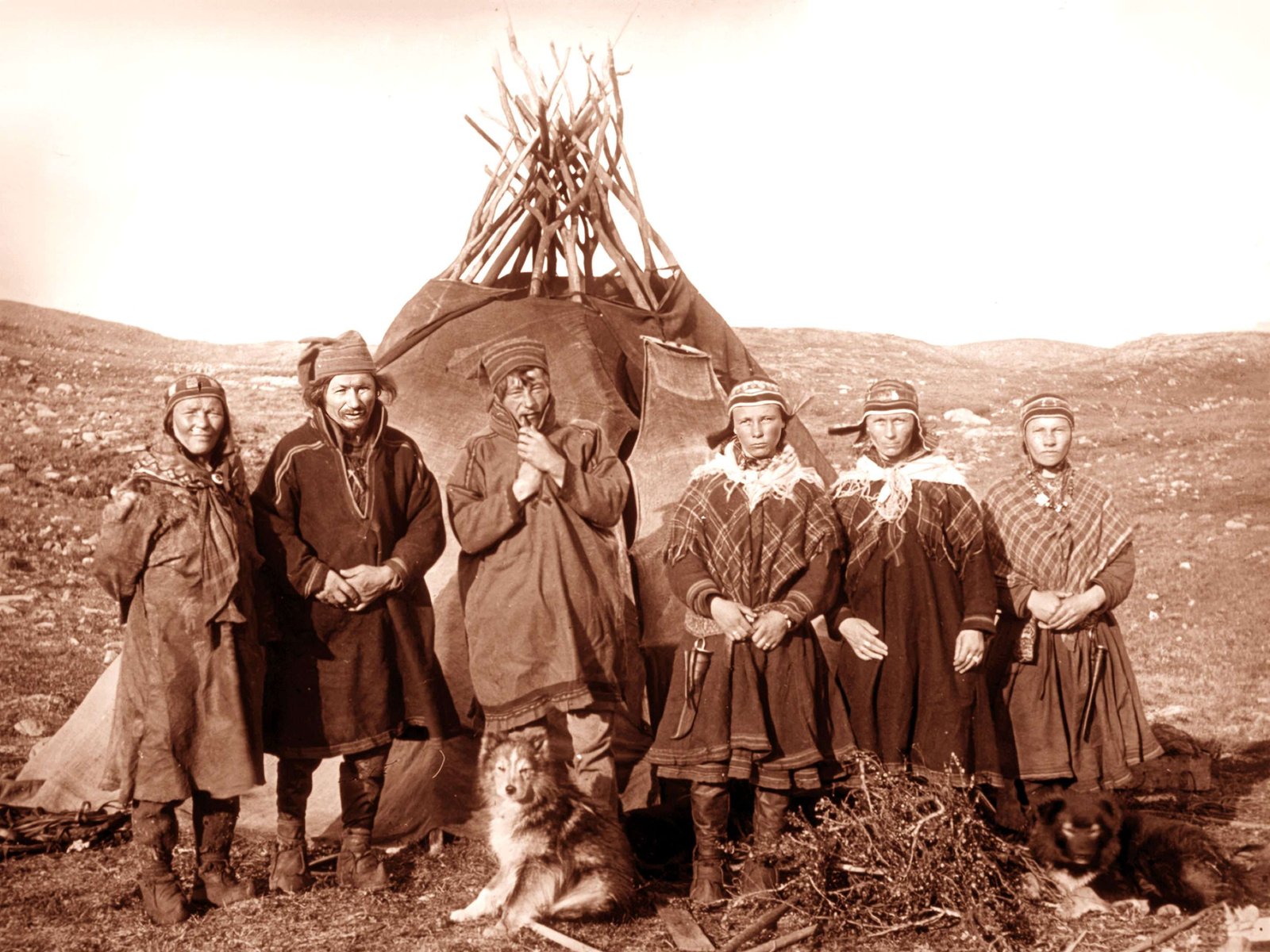In North America and elsewhere in the world, there are millions of descendants of the almost 1 million Norwegians who emigrated in the 1800s and early 1900s.
In family homes across the globe, there are diaries, letters, and postcards stashed away, historical documents written in a family language that is long since forgotten.
An old letter is like a time capsule, a direct link to the person who wrote it – and can often tell us much more than any old photo can do.
Einar Haugen’s Norwegian-English dictionary was first published in 1965, by the Norwegian publishing house Universitetsforlaget, and it is still in print.
The dictionary includes older style and dialect words. Words like laup, tjuagutt, budrått, and eldhus will not appear in more contemporary dictionaries.
The edition we use here at mynorwegianroots.no, is published by The University of Wisconsin Press. We even sometimes use it when stumbling upon unknown dialect words: so, we are Norwegians using the book to understand Norwegian – via English.
A few tips when reading old Norwegian, which was closer to today’s written Danish:
- aa in old text is å in modern-day spelling | skaale → skåle
- d has sometimes become t | maade → måte
- b has sometimes become p | læbe → leppe
- æ has sometimes become e | læge → lege
- g has sometimes become k | klog → klok etc.
This is what the publisher says about the author and his book:
Einar Haugen (1906-1994) was the Victor S. Thomas Professor of Scandinavian and Linguistics at Harvard University – and professor of Scandinavian studies and linguistics at the University of Wisconsin.
For more than forty years, the Haugen Norwegian-English Dictionary has been regarded as the foremost resource for both learners and professionals using English and Norwegian. With more than 60,000 entries, it is esteemed for its breadth, its copious grammatical detail, and its rich idiomatic examples. In his introduction, Einar Haugen, a revered scholar and teacher of Norwegian to English speakers, provides a concise overview of the history of the language, presents the pronunciation of contemporary Norwegian, and introduces basic grammatical structures, including the inflection of nouns and adjectives and the declension of verbs.
This title features more than 60,000 Norwegian words and their English equivalents. It includes more grammatical information than any other Norwegian-English dictionary. Both Bokmal and Nynorsk are included. It covers phonemic transcriptions. It provides extensive coverage and explanation of Norwegian idioms and word usage, including examples from standard and archaic speech, dialects, proverbs, literature, and professional texts. It contains common abbreviations, place names, proper names, and cultural references. It presents extensive coverage of verb phrases.
Source: Haugen, Einar. Norwegian English dictionary. The University of Wisconsin Press 1967, 1974. | EGP.00036










